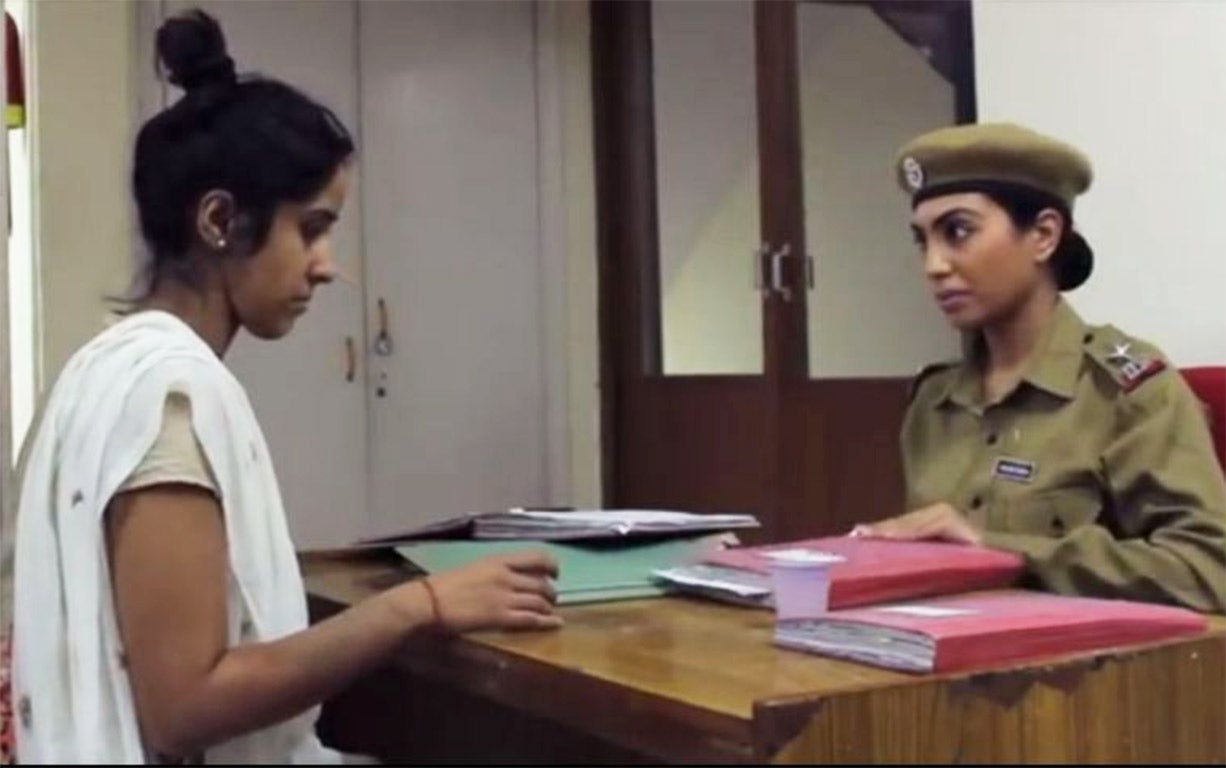India sex assaults: Virtual police station aims to calm fears of victims who fear ordeal they may suffer when filing complaint
Women make up only 6% of the total police force in India even though there are job qotas in several states

One of the biggest factors discouraging women in India from seeking justice after a sexual assault is their fear of the ordeal they may face at the police station, analysts say.
A new interactive tool that uses 360-degree video technology aims to lessen that fear by giving citizens a virtual tour of every corner of an average police station.
“If something goes wrong in India, the last thing people want to do is go to the police station. That is just how bad the public perception of the police is here,” said Rajan Zaveri, the interactive videographer who helped produce the educational aid for the non-profit Commonwealth Human Rights Initiative (CHRI).
“At the click of the button, you are inside the police station. It also shows you how the police must and must not behave towards you when you go to file a complaint. It reduces the fear but also increases your confidence.”
In one of the scenarios in the video, a woman enters the station to file a report about a sexual assault. The police constable dismisses her and tells her not to waste his time. Another quizzes her in a salacious tone about where she had gone late at night.
Then a woman police officer enters the room and offers her tea and handles her complaint in a more humane manner. A text box pops up with information about what the complainant’s legal rights are, including the right to demand the presence of a female officer. However, women make up only 6 per cent of the total police force in India even though there are job qotas in several states.
“We hope this video tool will demystify the police station and make it a less forbidding place when you need it most,” said Maja Daruwala, the director of CHRI. In its next phase, it will also be available as a mobile phone app.
The video can be used by male and female complainants, community workers, law schools and even the police department. Police academies from at least half a dozen states are already lining up to use it in their training.
“The conditions in state police academies are pathetic. There are no resources, not enough police trainers. They still use the old chalk-and-talk method of teaching,” said Kamal Kumar, former director of the National Police Academy. “I can foresee that this tool is going to sell well among training institutes.”
The goal is to transform India’s police “from a police force to a police service,” said Vivek Trivedi, communication officer at CHRI.
© The Washington Post
Join our commenting forum
Join thought-provoking conversations, follow other Independent readers and see their replies
Comments